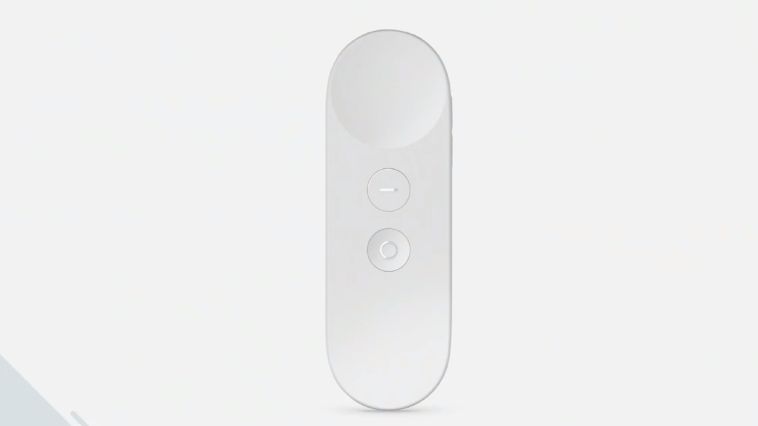-
Tips for becoming a good boxer - November 6, 2020
-
7 expert tips for making your hens night a memorable one - November 6, 2020
-
5 reasons to host your Christmas party on a cruise boat - November 6, 2020
-
What to do when you’re charged with a crime - November 6, 2020
-
Should you get one or multiple dogs? Here’s all you need to know - November 3, 2020
-
A Guide: How to Build Your Very Own Magic Mirror - February 14, 2019
-
Our Top Inspirational Baseball Stars - November 24, 2018
-
Five Tech Tools That Will Help You Turn Your Blog into a Business - November 24, 2018
-
How to Indulge on Vacation without Expanding Your Waist - November 9, 2018
-
5 Strategies for Businesses to Appeal to Today’s Increasingly Mobile-Crazed Customers - November 9, 2018
Google launches its Daydream VR development tools out of beta
The kit is required to make Daydream applications. To develop, developers need to have three pieces of hardware- a Nexus 6P phone running Android N, which is the only supported VR phone by Google at this point of time, another Android phone with a gyroscope running Android Kitkat or a later version which will act as a controller emulator. The second phone is for use as a controller emulator. The tech behemoth had also given us a peek at the reference design for a new VR headset and a proprietary hand-held controller. At that event we’ll likely see new software for all Android devices, but specifically for two new devices Google will (likely) introduce as their first Pixel-branded phones. Developers will be able to work with a simple interface that allows editing in what Google describes as “Daydream-ready phones and headsets”. While the device allowed users to use their smartphones as basic virtual reality headsets, and spawned imitators, re-implementations, and successors, its quality – naturally – failed to match the high-priced alternatives from Oculus VR and HTC. There are sample applications included in the kit.
Advertisement
Also new is the native integration with Unity, which adds support for features like head tracking, deep linking, and easy Android manifest configuration, notes Google.
If you want to get your app out on launch day, you’ll want to apply for the Daydream Access Program: It seems Google is carefully controlling what will be available when the platform goes live.
Advertisement
“Our updated SDK simplifies common VR development tasks so you can focus on building immersive, interactive mobile VR applications for Daydream-ready phones and headsets, and supports integrated asynchronous reprojection, high fidelity spatialised audio, and interactions using the Daydream controller”, Google said in a blog post on its developer site. And now, the search giant has opened up platform for developers to create apps for it.




























